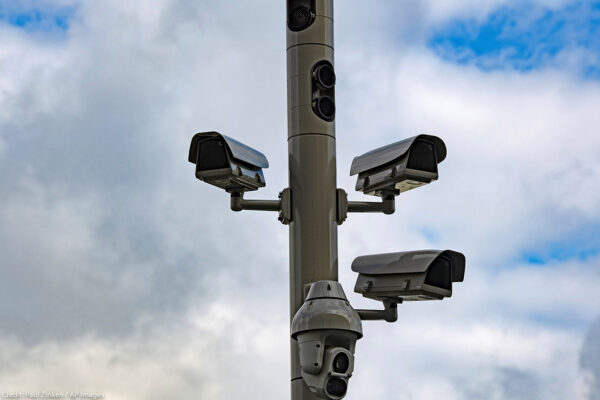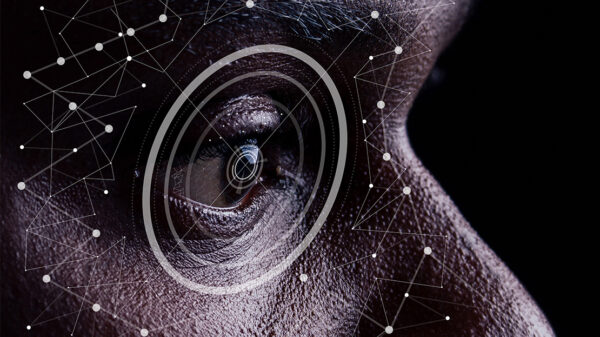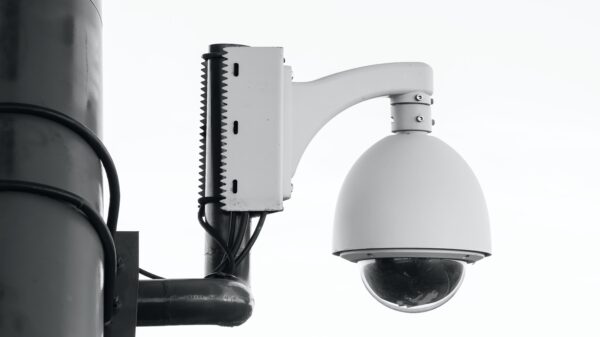The increasing use of surveillance technologies by local police across America, especially against communities of color and other unjustly targeted groups, has been creating oppressive environments for decades. In highly-surveilled neighborhoods, every community member is treated like an enemy of the state or a prospective criminal.
The now discredited strategy of broken windows policing targeted communities with “visible signs of minor disorder, such as graffiti and littering” as vulnerable to criminal invasion. These policies caused innocent Black and Brown community members to feel targeted and harassed while they went about their daily lives. More recently, advances in surveillance technology allow police forces to pivot from more costly, racially-biased human policing to less costly, racially-biased high-tech policing.
But there is no doubt, the same discriminatory targeting and institutional abuse that occurs in policing will occur when using video surveillance. Predictive policing, which is used to determine where to deploy surveillance tools, depends on historical crime data, and crime data is both incomplete (a large percentage of crime is unknown and/or unreported) and racially skewed (take drug offenses, for example), the resulting predictions made by policing software about what communities to surveil will often be inaccurate, arbitrary, and racially targeted In addition, video camera systems are operated by humans who bring to the job all their existing prejudices and biases.
The Tough on Crime Approach
Unfortunately, officials across the state of Indiana seem to be heading in the direction of increasing surveillance technology in an attempt to reduce crime, despite the fact that studies of the effectiveness of surveillance cameras have yet to demonstrate that they significantly reduce crime. What has already been demonstrated? Increased community surveillance always leads to increased encounters between residents and the police, and more police encounters with Black people lead to more injuries and deaths.
Politicians throughout history have implemented “tough on crime” policies for their own political gain that have only harmed communities of color with over-policing and incarceration without getting to the root causes of crimes. The harmful consequences of relying on bad (and secret) data to predict and surveil in the context of policing are significant, including increased profiling of individuals and communities and deploying police resources inefficiently.
Community Control
Governments and police forces should not be able to use surveillance technologies for any purpose without informing and securing the permission of the people they serve. Cities across the country are adopting Community Control Over Police Surveillance (CCOPS) laws that ensure local residents, through their city council representatives, are empowered to decide if and how surveillance technologies are used, and it is time for cities in Indiana to do the same. The public must be engaged in all decisions regarding the use of surveillance technology.
In addition to the racial disparities that are reinforced through police surveillance, there are also major civil liberty concerns. To verify legal compliance, the use of surveillance technology and the data used to deploy such technology, should be reported to the public on a regular basis.
Government and police departments across the state of Indiana should be transparent about any plans regarding surveillance. By adopting policies such as CCOPS, elected officials can hear directly from impacted communities, especially from communities of color, which have always been disproportionately targeted by surveillance. Together, with the full facts before them, communities and their leaders can decide what technology, if any, they want in their neighborhoods and on their street corners.
Provide communities with the facts about this technology and let them have a voice.



